When it comes to efficient hauling and transporting materials, knowing the capacity of your dump trailer is crucial. Dump trailers come in various sizes and dimensions, and determining the volume they can carry is essential for making informed decisions on loading materials. In this article, we will explore the cubic yard capacity of a 39x102x72 dump trailer, detailing the calculations involved, use cases, and considerations that will help you maximize your hauling efficiency.
Dimensions Breakdown of the Dump Trailer
To better understand the load capacity, let’s first dissect the dimensions of a 39x102x72 dump trailer.
- Length: 39 feet
- Width: 102 inches (which converts to 8.5 feet)
- Height: 72 inches (or 6 feet)
Calculating the Volume in Cubic Feet
To calculate the volume of the trailer in cubic feet, we will use the following formula: [ \text{Volume} = \text{Length} \times \text{Width} \times \text{Height} ]

Converting Units for Consistency
Before we dive into the calculations, we must ensure all measurements are in the same units. We convert the dimensions as follows:
- Length: 39 feet
- Width: 8.5 feet
- Height: 6 feet
Now, substituting these values into the formula: [ \text{Volume} = 39 \, \text{ft} \times 8.5 \, \text{ft} \times 6 \, \text{ft} ]
Calculating this gives:
- Volume = 39 × 8.5 × 6 = 1995 cubic feet
Converting Cubic Feet to Cubic Yards
Since most materials are often measured in cubic yards, we need to convert cubic feet to cubic yards. The conversion is straightforward: [ 1 \, \text{cubic yard} = 27 \, \text{cubic feet} ]
Thus, [ \text{Cubic Yards} = \frac{\text{Cubic Feet}}{27} ]
Calculating the total volume in cubic yards: [ \text{Cubic Yards} = \frac{1995}{27} ≈ 73.89 \, \text{cubic yards} ]
Therefore, a 39x102x72 dump trailer can haul approximately 73.89 cubic yards of material.
Practical Implications of Capacity
Understanding how many cubic yards a dump trailer can accommodate is more than an academic exercise. The implications are wide-ranging:
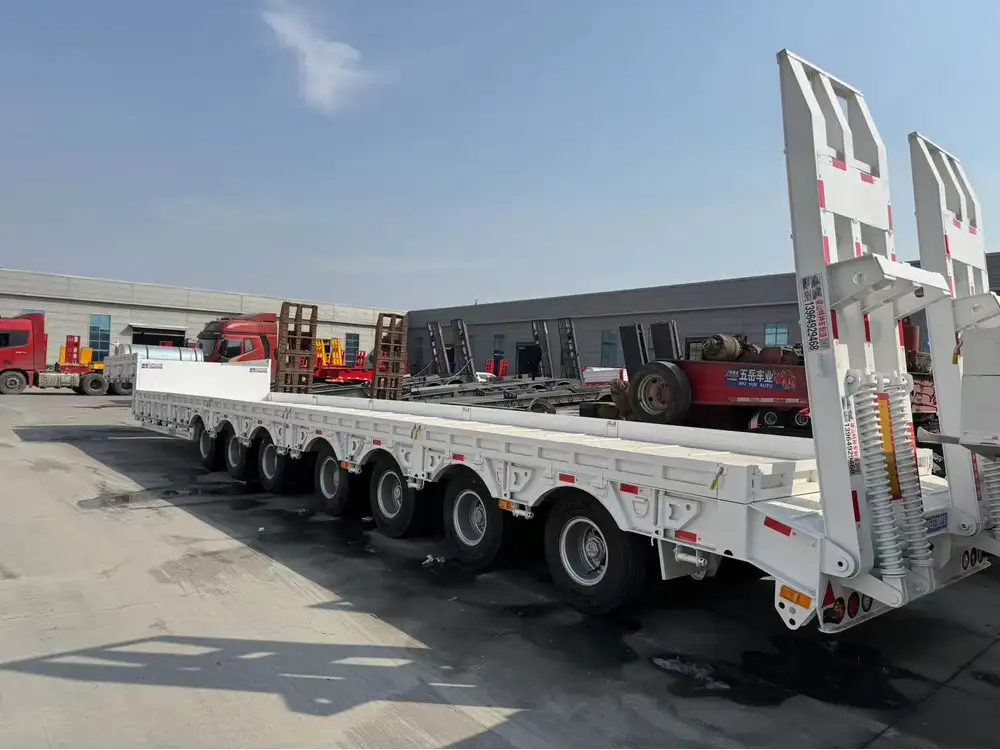
1. Efficient Loading
Knowing the exact capacity allows operators to load materials without overloading, which can lead to safety hazards and structural damage to the trailer.
2. Cost-Effective Transportation
Evaluating the cubic yard capacity aids in maximizing the load on each trip, thereby reducing fuel costs and increasing job efficiency.
3. Material Specificity
Different materials have varying weights per cubic yard. For instance:
- Topsoil: Roughly 1.25 tons per cubic yard
- Sand: Approximately 1.5 tons per cubic yard
- Gravel: Typically about 1.4 tons per cubic yard
Understanding the material’s density is critical in calculating the overall weight and ensuring compliance with local weight limits for road transport.
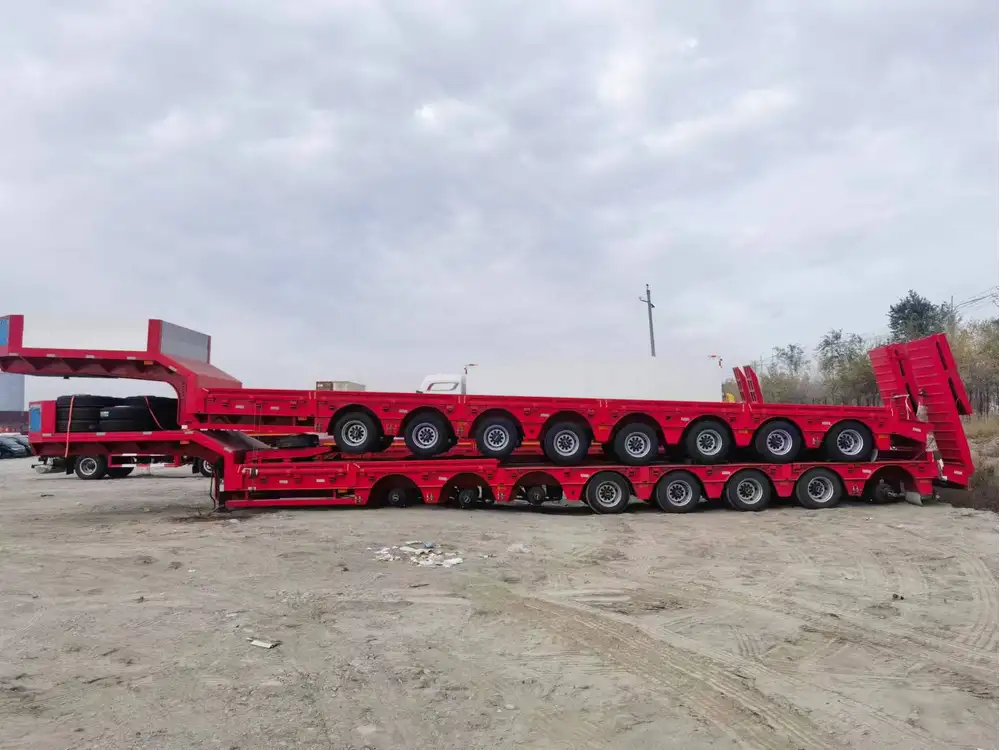
Factors Affecting Payload Capacity
1. Trailer Construction and Design
The material and structure of the dump trailer influence how much it can carry. A well-engineered trailer will ensure stability and strength, permitting higher loads.
2. Type of Material
As mentioned earlier, different materials vary in weight. Heavy materials like concrete will significantly reduce the volume that can be transported compared to lighter options like loose fill dirt.
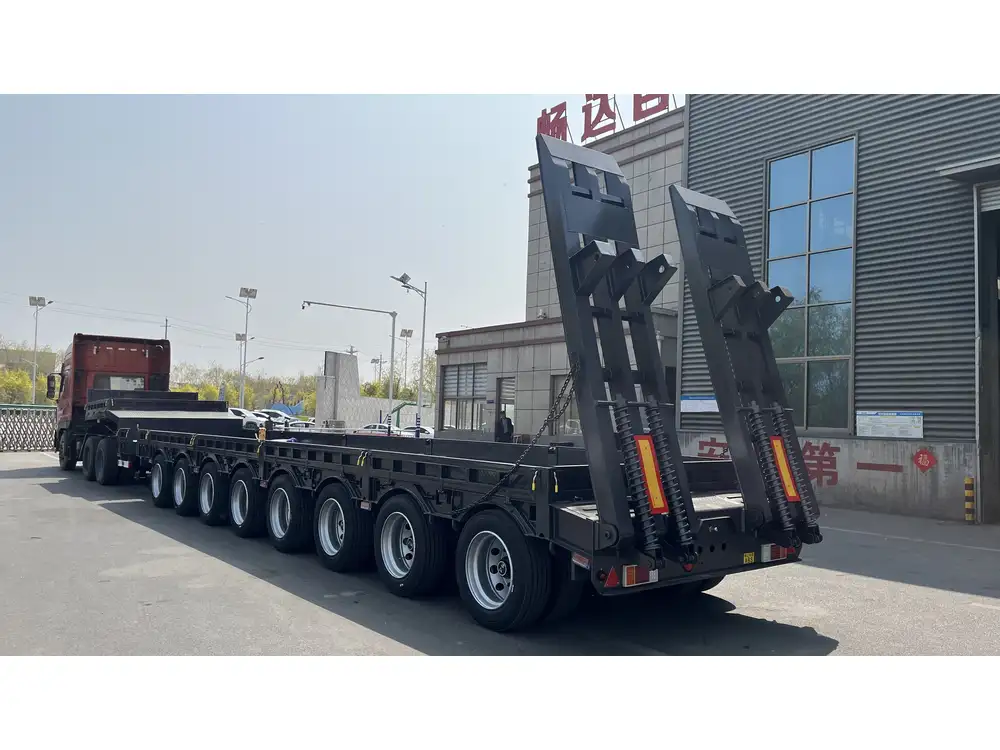
3. Local Regulations
Be aware of state and local regulations concerning weight limits on roads. Overloading can lead to hefty fines and endanger road safety.
4. Weight Distribution
Proper load placement within the trailer is paramount to maintaining stability during transport. Uneven loading can lead to a loss of control.
Loading Guidelines for 39x102x72 Dump Trailers
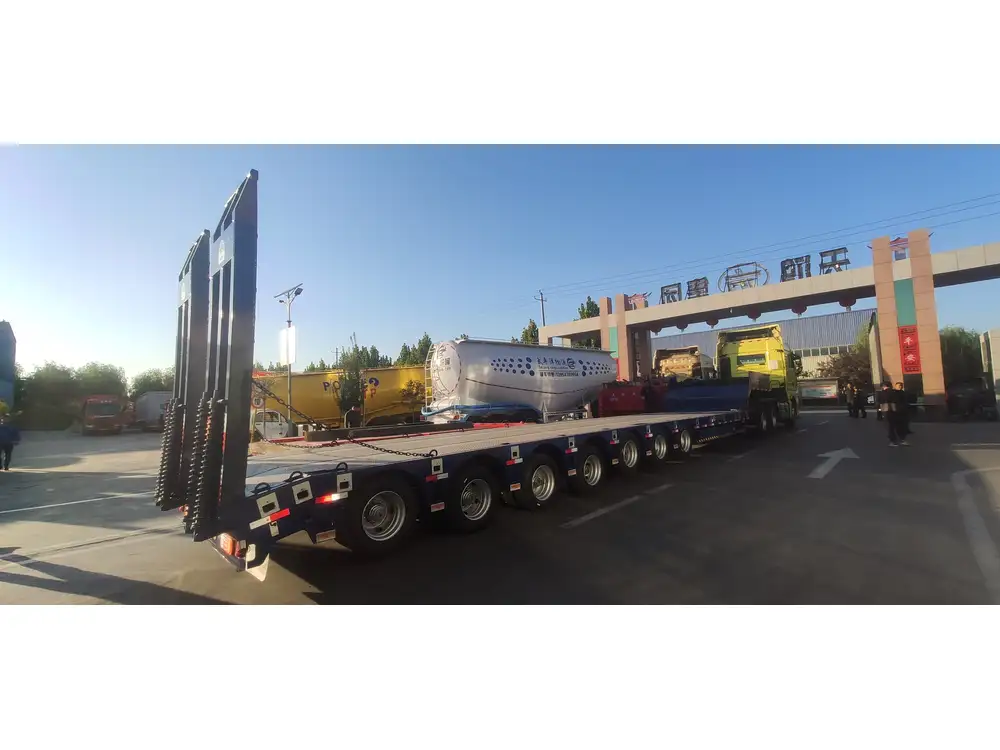
Step-by-Step Loading Procedure
- Check Weight Limits: Before loading, confirm the weight allowances for your trailer.
- Distribute Weight Evenly: Load heavier materials at the bottom and in the center to maintain balance.
- Avoid Overloading: Keep track of the cubic yards and ensure you adhere to the calculated limits.
- Secure the Load: Utilize tarps or netting to prevent materials from falling out while in transit.
Comparison Table: Common Dump Trailer Dimensions and Capacities
| Trailer Size (ft) | Cubic Feet | Cubic Yards | Max Load (tons) |
|---|---|---|---|
| 39x102x72 | 1995 | 73.89 | x |
| 30x102x48 | 1440 | 53.33 | x |
| 20x102x48 | 960 | 35.56 | x |
| 14x8x4 | 448 | 16.59 | x |
(Replace “x” with the appropriate values based on specific weight limits for each size)
Considerations for Different Materials
When using the dump trailer for various materials, it’s important to remember how different weights can affect your maximum loading capacity.

Soil and Aggregates
- Topsoil: If you’re hauling topsoil, you can carry approximately 57.1 tons (73.89 × 1.25).
- Sand: For sand, aim for about 52.5 tons (73.89 × 1.5).
- Gravel: Approximately 51.9 tons (73.89 × 1.4).
Construction Debris
When transporting construction debris, materials often result in irregular shapes and sizes. The density of materials varies—keep in mind proper calculations based on the specific type of debris.
Seasonal Considerations
During wet seasons, materials like dirt become saturated and heavier, which can impact how much you can safely load.
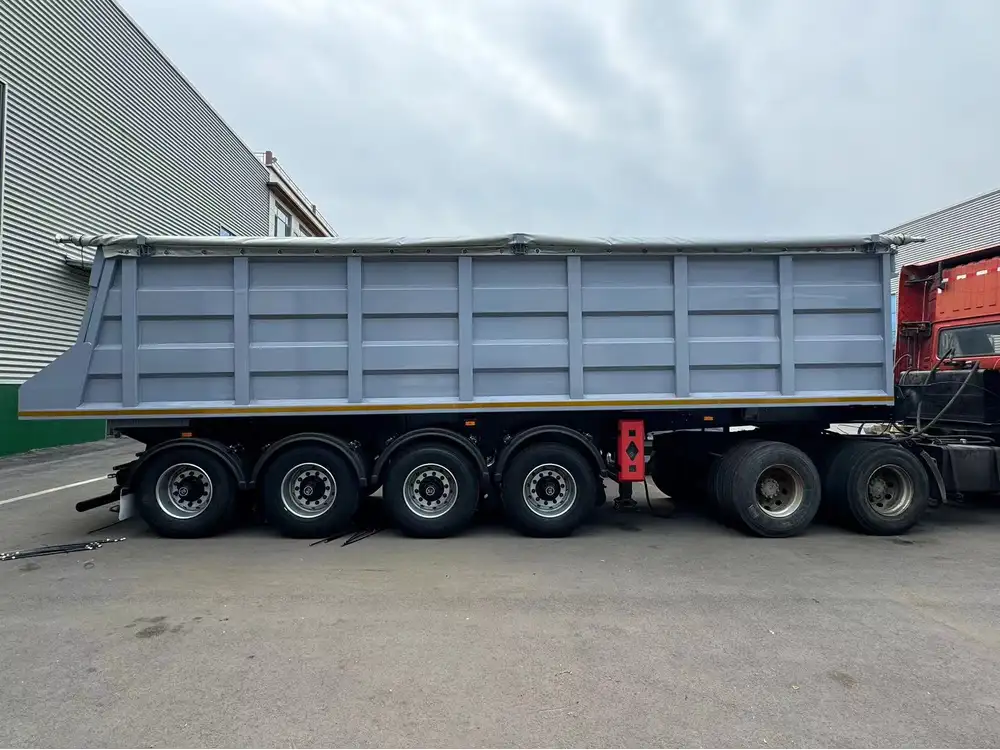
Maintenance Tips for Dump Trailers
Regular maintenance of dump trailers ensures they remain safe and operational, contributing to better productivity. Here are essential maintenance tips:
1. Check Tires Regularly
Ensure that the tires are well-inflated and free of any material that could cause obstruction.
2. Inspect Hydraulic Systems
Regularly check the hydraulic systems for leaks and proper fluid levels. Damaged systems can remain in operational risks while increasing costs.
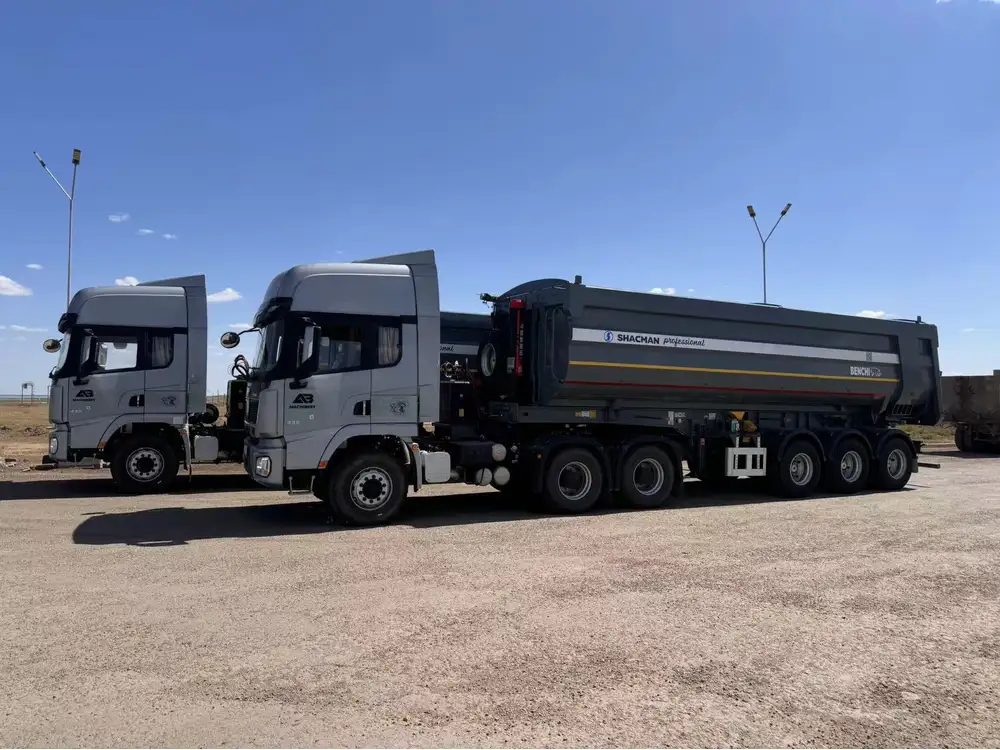
3. Grease Moving Parts
Lubricate the pivot points and moving parts to minimize wear and reduce maintenance needs.
4. Clean After Use
Removing debris after every use preserves the trailer’s structural integrity and prevents rust and corrosion.
Conclusion
Understanding how many cubic yards a 39x102x72 dump trailer can haul is an essential aspect of effective material transportation. With a proper grasp of dimensions and a careful calculation of volume, users can optimize loading practices, ensure compliance with regulations, and maximize operational efficiency. By considering factors such as the type of materials being transported, the local regulations, and the importance of even weight distribution, operators can effectively utilize their dump trailers while minimizing risks and enhancing productivity.



